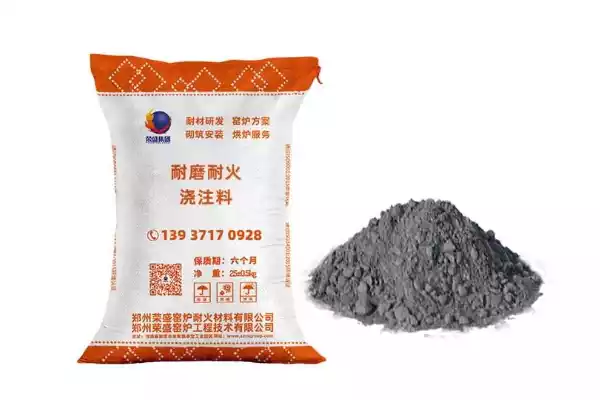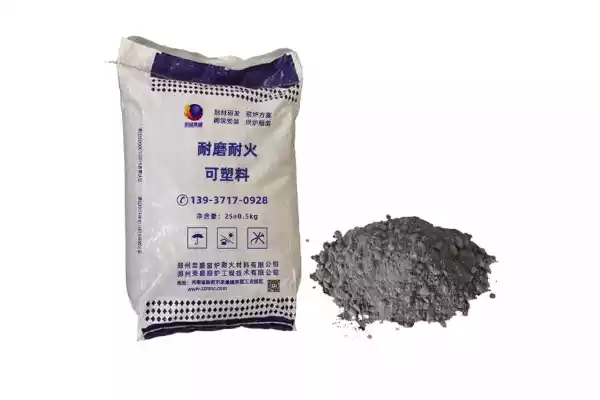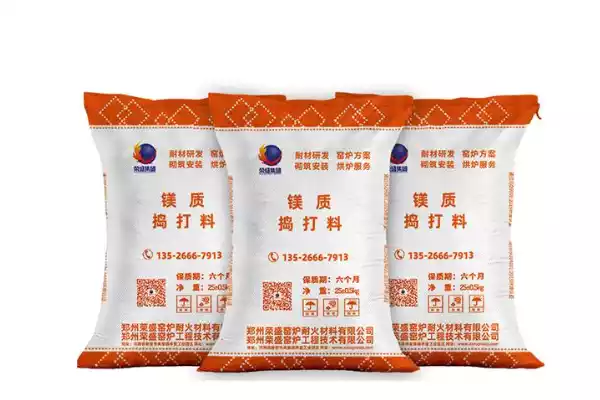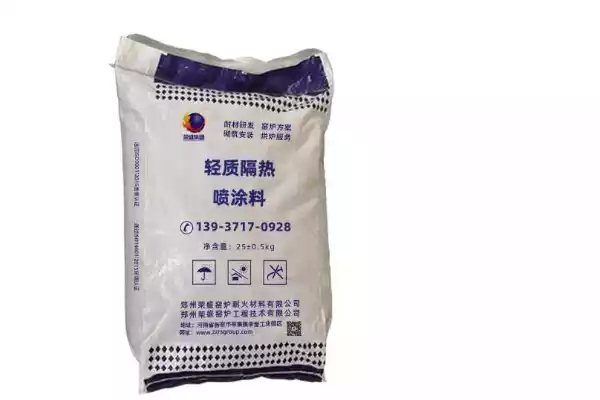Introduction to the types of monolithic refractories
Refractory materials are divided into shaped refractory materials and unshaped refractory materials. The shaped refractory materials are mainly refractory bricks, and the unshaped refractory materials are mainly castables, plastics, ramming materials, spray coatings, and smearing materials. The application on the stove is also more and more extensive.
What is refractory castable?

Refractory castable is granular and powdery materials made of refractory materials, which are composed of a certain amount of binder and moisture. It has high fluidity, is suitable for pouring construction, and can harden common monolithic refractory materials without heating. It consists of refractory aggregates, powder, binders, additives, water, or other liquid materials. Generally, it is poured on-site, vibrated, or tamped, and it can also be made into prefabricated parts.
Introduction of refractory plastic

The plastic material is easy to deform without cracking when an appropriate external force is applied. Refractory plastic materials include semi-silicon, clay, high alumina, zircon, carbon, etc., and there are also lightweight plastics. Plastics must be added with plasticized materials, most of which are high-plasticity clay, and plasticizers can also be used to improve the plasticity of this clay.
Refractory ramming mass

A bulk refractory material with very low or no plasticity. The materials are silicon, clay, high alumina, corundum, zircon, silicon carbide, carbon, magnesium, etc. According to the material of the ramming material and the conditions of use, an inorganic binder or an organic binder similar to that of the pouring material can be used.
Refractory spray mass

Refractory spray mass was applied to refractory brick linings. According to different requirements and construction methods, refractory spray mass can be formulated into a mud paste and mud. The binder used varies depending on the material. In order to improve the spreadability of the paint, it is generally necessary to add admixtures such as plasticizers. Coatings are mainly used as protective coatings for linings of various thermal equipment, or for repairing local damage to brick linings.
 Rongsheng Refractories Factory
Rongsheng Refractories Factory
WeChat
Scan the QR Code with wechat